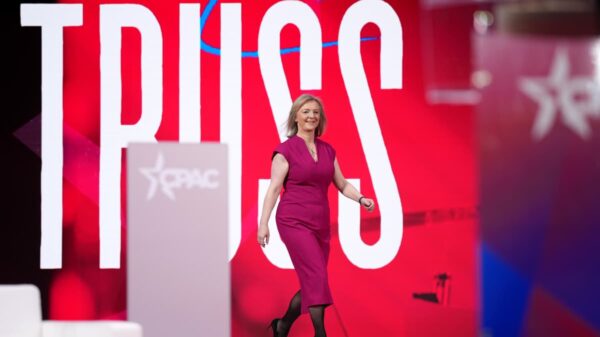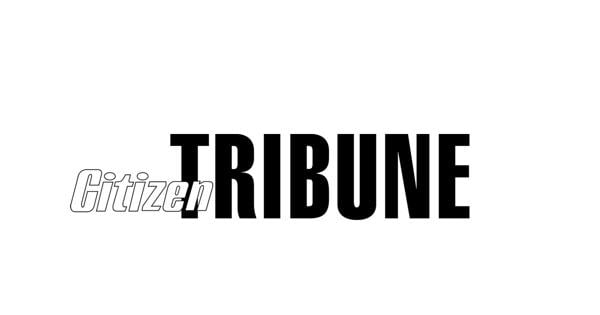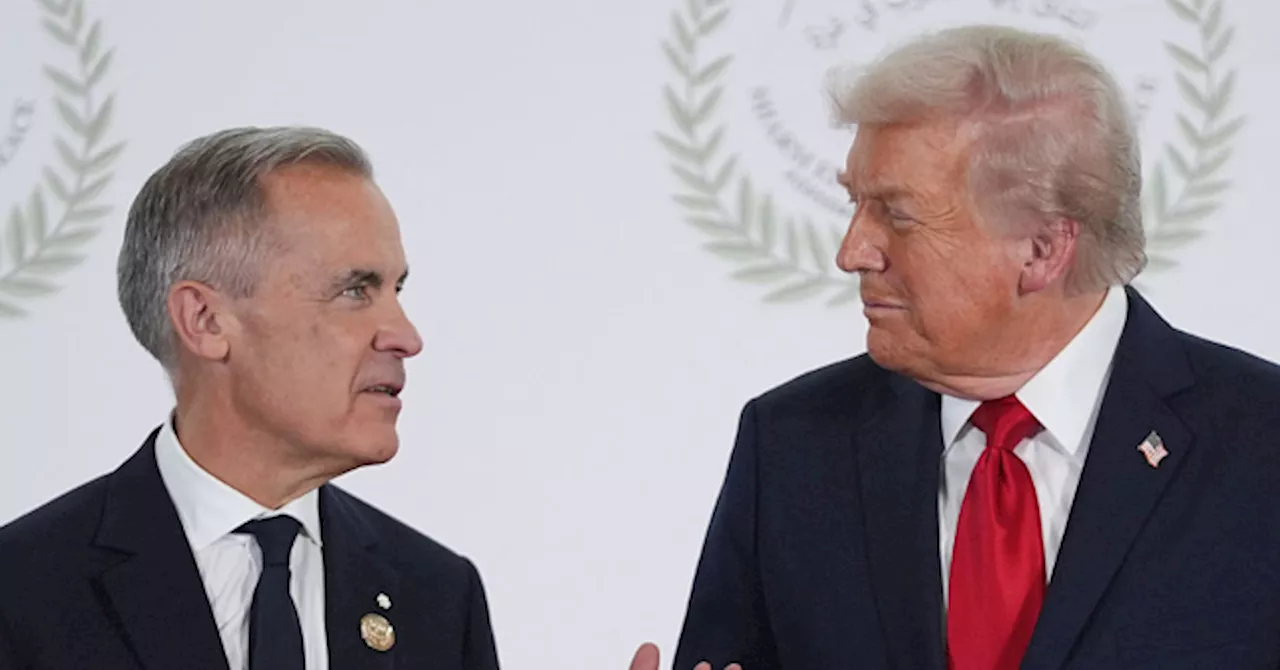Consumer sentiment in the United States remains low as many Americans adopt a “wait-and-see” approach regarding economic conditions, particularly inflation and tariffs. The consumer sentiment index recorded a figure of 70.5 in October 2025, a decline from 74 in December 2024. According to Joanne Hsu, the chief economist for the survey, this drop reflects a cautious outlook among consumers.
Hsu noted that consumers are expressing growing concerns about high prices and their potential impact on personal finances. “Consumers continue to feel fairly subdued about the economy,” she stated. “They remain worried about high prices and the impact of inflation on their pocketbooks. Additionally, there are fears regarding a weakening labor market in the coming year.” While there was a slight increase in sentiment among younger consumers, declines among middle-aged and older demographics offset this improvement.
Tariffs are a significant focus for many consumers, with approximately 60% mentioning them spontaneously in the latest survey. Hsu explained that worries about current and future tariffs extend beyond just consumer prices; there are also concerns about their potential negative effects on business conditions and unemployment in the immediate future. Despite these concerns, the expectations for inflation over the next year remained relatively stable at 4.6%, a notable improvement from earlier expectations of around 6.5% in April and May 2025, following the initial rounds of tariffs implemented by President Donald Trump.
The recent Consumer Price Index (CPI) data provided some relief, as it showed slower price increases in key categories such as groceries, dining, and housing compared to August figures. Stephen Kates, a financial analyst at Bankrate, emphasized that the CPI results might bolster the Federal Reserve’s confidence in considering interest rate cuts, despite a lack of recent job growth data. The last monthly jobs report, released on September 5, 2025, indicated that U.S. employers added only 22,000 jobs, and the national layoff rate remains low at 1.1%. Kates remarked, “It’s a good time to be employed, but for those looking for new jobs, the market is challenging.”
While consumers are concerned about unemployment, Hsu highlighted that their income expectations remain weak. Only about 2% of survey respondents mentioned the ongoing government shutdown, compared to 10% during the previous shutdown in January 2019. Although consumers are aware of the shutdown, they appear to be less inclined to connect it directly to economic conditions at this time.
Hsu concluded that significant improvements in consumer sentiment are unlikely unless there is a rapid shift in tariff policy. Even if price increases stabilize under the current tariff framework, the best outcome consumers might anticipate is a gradual recovery in sentiment. As economic conditions continue to unfold, the cautious stance of American consumers underscores the ongoing challenges posed by inflation and external trade policies.





































































